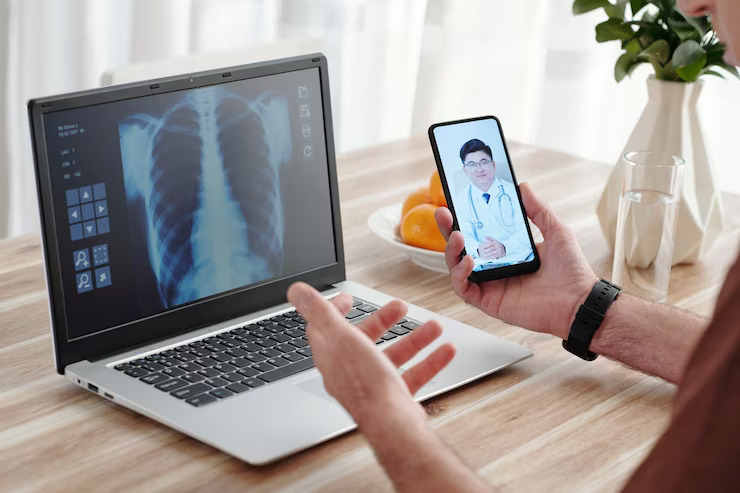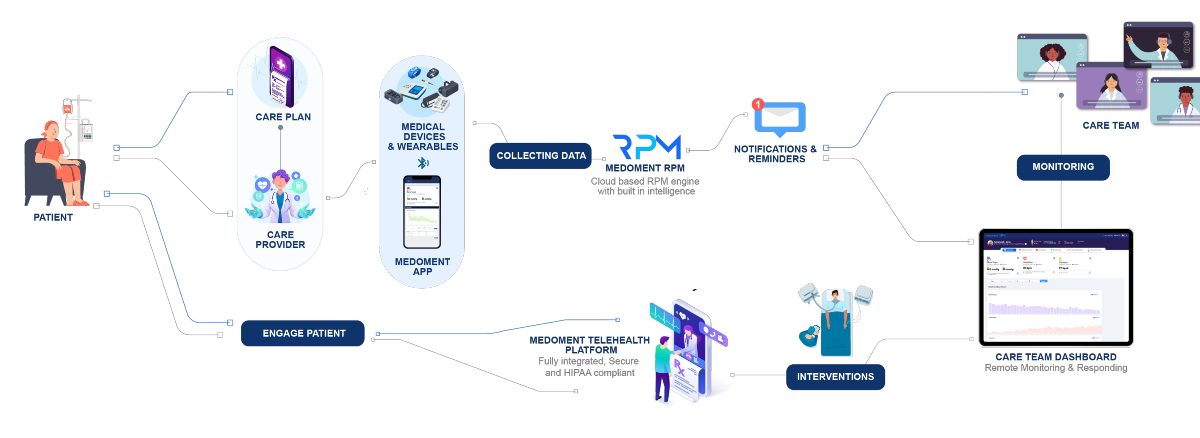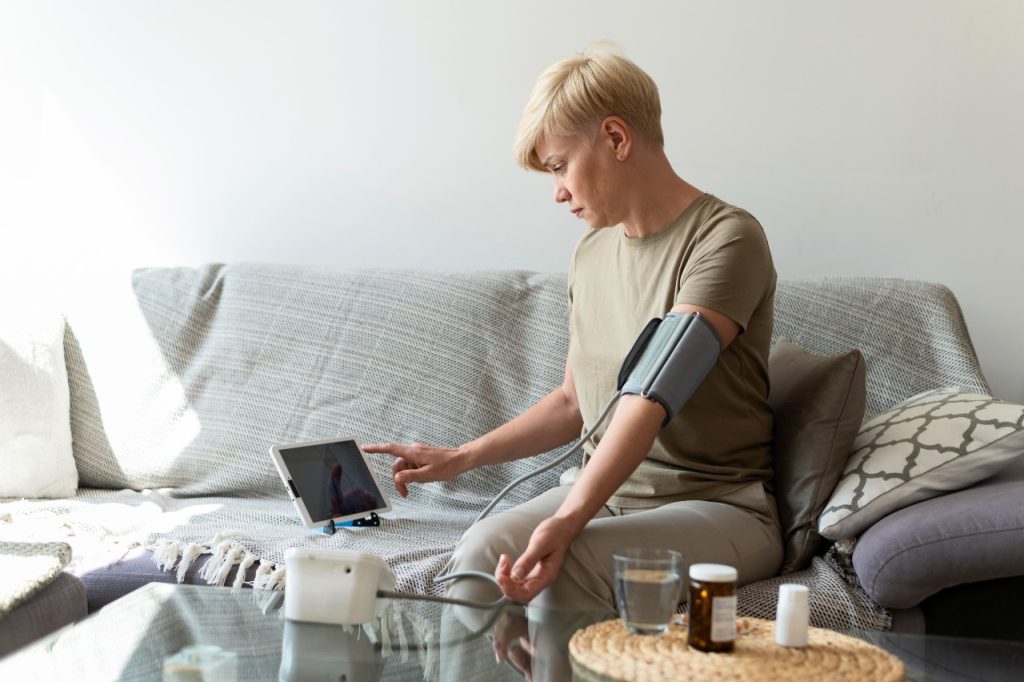
Remote Patient Monitoring for Chronic Disease Management
April 30, 2023Remote patient monitoring (RPM) involves using mobile medical devices and technology to gather and transmit patient-generated health data (PGHD), enabling healthcare professionals to monitor health outside of a traditional clinical setting.
Remote patient monitoring is one aspect of telehealth with great potential to improve health care provision and outcomes, especially for those living with chronic diseases. Smarter and more affordable home monitoring devices, as well as widespread 5G broadband connectivity is driving increased uptake of RPM.
What is Medoment RPM?
Medoment RPM enables real-time data collection from any location by connecting with a wide range of patient-side Medical iOT Devices. The data is transmitted via Bluetooth to Medoment’s dedicated RPM app, then analysed in Medoment’s RPM cloud-based engine, with built-in clinical intelligence.
The Medoment RPM app enables both patients and providers to track health data at any time, and also sends notifications, alerts and reminders. The insights gained empower physicians in their clinical decision making. They may choose to consult with the patient virtually or in-person, and make changes to care management where required.
Medoment provides a unified data view for clinicians, by integrating with existing systems such as electronic health records (EHR). Fully coordinated care is achieved by integrating with Medoment’s telehealth and patient engagement platform.
1. More efficient patient monitoring
Routine monitoring is easily managed via the Medoment RPM platform, freeing up time for clinical teams to focus on patient care. Timely notifications alert physicians through intelligent data analysis and exception reporting.
2. Better use of resources
Remote patient monitoring reduces the number of in-clinic appointments, with associated time and cost savings. RPM also reduces the number and length of in-patient admissions, as many patients can now be safely managed at home. This can reduce the burden on limited hospital resources.
3. Increased productivity
RPM enables physicians to care for more patients and can provide an additional revenue stream. Missed or cancelled appointments are minimised, as patients are monitored from home. Data analysis helps clinicians to proactively identify gaps in care.
4. Higher patient satisfaction
Remote patient monitoring, along with alerts and messaging, improves communication and patient engagement. Care experience is improved as patients can be conveniently monitored from home. Personalised health information empowers patients to improve self management and compliance with their care plan. Overall, this leads to improved patient satisfaction and loyalty.
5. Improved clinical outcomes
RPM enables better clinical management, by detecting any deterioration in a condition before symptoms appear. Improved data-driven decision making leads to timely adjustments to treatment plans, reduced adverse events and better health outcomes.
6. Integration with clinical workflows
The Medoment RPM platform provides a unified view for data collected at home and in hospital. Medoment RPM integrates with existing patient records, systems and workflows. Medoment’s telehealth and patient engagement platform enables fully coordinated care.
7. Highest standards of data security
Medoment complies with the highest standards for data protection and security, and is HIPAA compliant.
RECENT POSTS
- 7 Benefits of Medoment RPM for Your Practice
- Remote Patient Monitoring for Chronic Disease Management
- Can telemedicine help reduce the impact of cardiovascular diseases?
- Can telemedicine be used during pregnancy?
- Can Telemedicine Improve Diabetes Management?
- How to conduct a physical exam via telemedicine
- How can MEDOMENT Optimise Patient Engagement?
- Can patient engagement portals improve healthcare?
- How to choose the right telemedicine software partner
- How to invest in telemedicine software


